Home>Gardening & Outdoor>Landscaping Ideas>How To Make My Grass Look Better
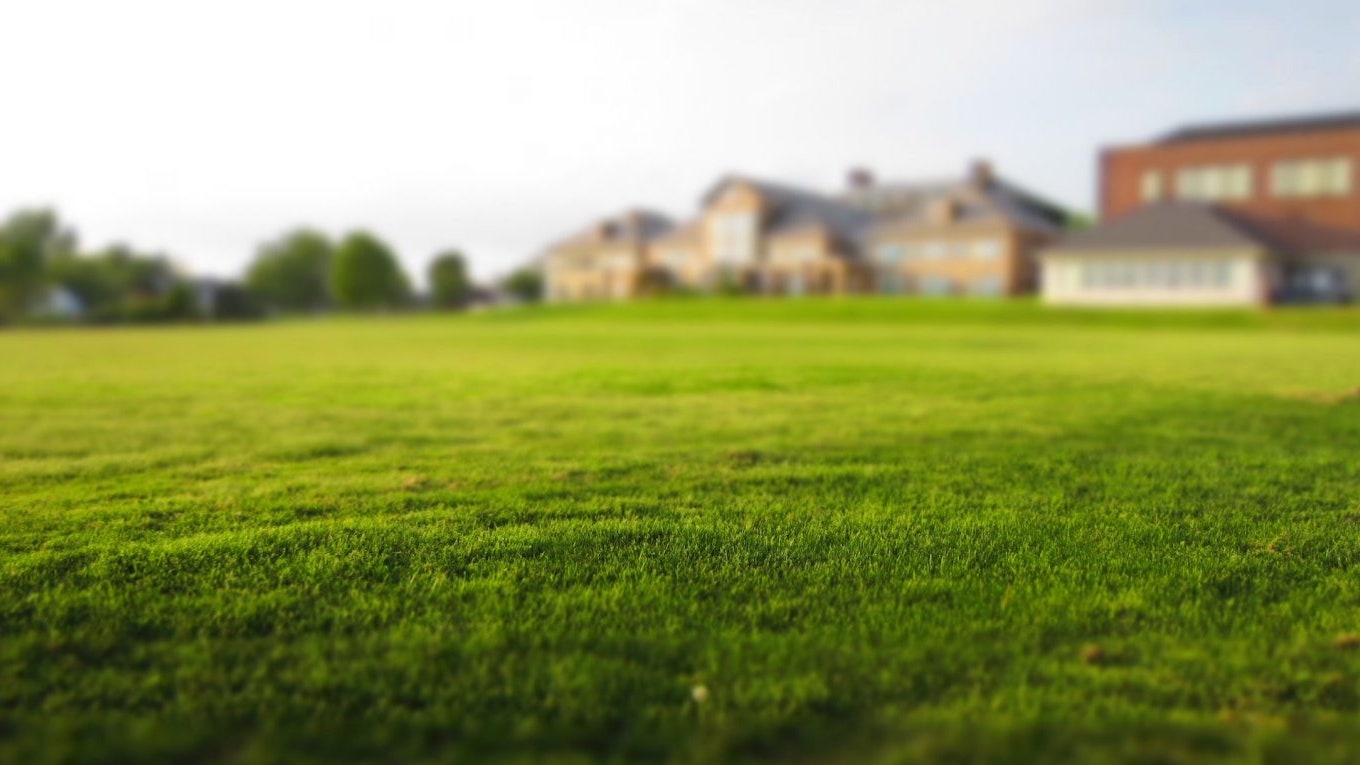

Landscaping Ideas
How To Make My Grass Look Better
Published: January 30, 2024
Discover effective landscaping ideas to transform your lawn and make your grass look better. Get expert tips for enhancing your outdoor space.
(Many of the links in this article redirect to a specific reviewed product. Your purchase of these products through affiliate links helps to generate commission for Storables.com, at no extra cost. Learn more)
Introduction
So, you've got a yard, and you want your grass to look better. Maybe it's not as lush and green as you'd like it to be, or perhaps it's been invaded by pesky weeds. Whatever the case, achieving a beautiful, healthy lawn is a goal that many homeowners share. Fortunately, there are several steps you can take to make your grass the envy of the neighborhood.
In this guide, we'll explore various strategies and techniques to improve the appearance and health of your grass. From selecting the right type of grass for your region to implementing proper watering and maintenance practices, we'll cover it all. By the time you finish reading, you'll be equipped with the knowledge and tools to transform your lackluster lawn into a verdant oasis.
Are you ready to roll up your sleeves and dive into the world of lawn care? Let's get started on the journey to revitalizing your grass and creating a picturesque outdoor space that you can be proud of. With a bit of effort and the right approach, you'll soon be enjoying the sight of a lush, vibrant lawn right outside your door.
Key Takeaways:
- Choose the right grass type for your area to ensure a lush and resilient lawn that thrives in your local climate and soil conditions. Consulting with experts can provide valuable insights for a vibrant outdoor space.
- Implement proper watering, fertilizing, mowing, and pest control practices to maintain a visually appealing and healthy lawn. Aerating and dethatching are essential for promoting optimal grass growth and revitalizing the soil.
Read more: How To Make My Concrete Patio Look Better
Choosing the Right Grass Type
When it comes to improving the look of your grass, selecting the right type of grass for your specific region is crucial. Different grass species thrive in different climates and soil conditions, so it’s essential to choose a variety that is well-suited to your local environment.
Before making a decision, consider factors such as the amount of sunlight your lawn receives, the average temperature and rainfall in your area, and the soil type. For example, if you live in a warm, sunny region, you might opt for a warm-season grass like Bermuda or Zoysia, which are known for their heat tolerance and drought resistance. On the other hand, if you reside in a cooler climate, cool-season grasses such as Kentucky bluegrass or fescue varieties might be more suitable.
Another consideration is the level of maintenance and care required for different grass types. Some varieties are more demanding in terms of watering, mowing, and fertilization, while others are more low-maintenance. If you prefer a grass that requires minimal upkeep, you might lean towards a type that is known for its resilience and ability to thrive with less intervention.
Consulting with a local landscaping professional or visiting a garden center can provide valuable insights into the best grass options for your area. These experts can offer personalized recommendations based on your specific location and the unique characteristics of your yard. By choosing a grass type that is well-adapted to your local climate and soil conditions, you’ll be setting the stage for a healthier, more attractive lawn.
Ultimately, the goal is to establish a grass variety that not only withstands environmental challenges but also enhances the overall aesthetic appeal of your outdoor space. By investing time and thought into selecting the right grass type, you’ll be laying a solid foundation for a stunning and resilient lawn that will bring you joy for years to come.
Watering and Irrigation
Proper watering and irrigation practices are fundamental to the health and appearance of your grass. Without adequate moisture, your lawn can become dry, patchy, and prone to stress, while excessive watering can lead to issues such as mold, fungus, and shallow root systems. Finding the right balance is key to achieving lush, vibrant grass.
One of the most important considerations is the timing of watering. It’s generally recommended to water your lawn in the early morning, as this allows the grass to absorb the moisture before the heat of the day sets in. Watering in the evening can lead to prolonged moisture on the grass, increasing the risk of disease and fungal growth. Additionally, watering during the hottest part of the day can result in rapid evaporation, reducing the effectiveness of the irrigation.
When it comes to frequency, the specific needs of your lawn will depend on factors such as the grass type, soil composition, and local climate. As a general guideline, most grasses benefit from deep, infrequent watering rather than frequent shallow watering. Deep watering encourages the development of deep and robust root systems, which are essential for drought tolerance and overall plant health.
Implementing an efficient irrigation system can greatly simplify the task of watering your lawn. Automatic sprinkler systems equipped with timers and moisture sensors can ensure that your grass receives the right amount of water at the optimal times. Drip irrigation systems are another option, delivering water directly to the root zone of the grass, minimizing water waste and promoting efficient absorption.
It’s also important to be mindful of local water restrictions and conservation efforts. By adhering to any applicable guidelines and using water responsibly, you can contribute to the sustainability of your community and minimize water waste.
By adopting a mindful and informed approach to watering and irrigation, you can provide your grass with the essential moisture it needs to thrive, resulting in a healthier and more visually appealing lawn.
Fertilizing and Feeding
Just like any other living organism, grass requires essential nutrients to grow and flourish. Fertilizing your lawn is a key component of maintaining its health and appearance, as it provides the vital elements that may be lacking in the soil. By understanding the basics of fertilization and feeding, you can effectively enhance the vibrancy and resilience of your grass.
Before applying any fertilizer, it’s beneficial to conduct a soil test to determine the specific nutrient needs of your lawn. This analysis can identify deficiencies and guide you in selecting the most appropriate fertilizer formulation. Common macronutrients found in fertilizers include nitrogen, phosphorus, and potassium, each serving distinct roles in promoting plant growth, root development, and disease resistance.
When it comes to timing, early spring and early fall are often considered optimal periods for fertilization. These seasons coincide with periods of active growth and recovery for many grass species, allowing them to effectively utilize the nutrients provided by the fertilizer. It’s important to follow the application instructions provided on the fertilizer packaging, as over-fertilizing can lead to negative outcomes such as excessive growth, increased susceptibility to diseases, and environmental pollution.
For a more natural approach, consider using organic fertilizers made from natural ingredients such as compost, bone meal, or fish emulsion. Organic fertilizers offer the benefit of improving soil structure and microbial activity while providing a slow and steady release of nutrients to the grass. Additionally, they are environmentally friendly and contribute to the long-term health of your lawn and the surrounding ecosystem.
Feeding your grass goes beyond conventional fertilization and can involve practices such as topdressing with compost or applying specialized products to address specific issues such as soil compaction or pH imbalance. These techniques can further enrich the soil, enhance nutrient uptake, and promote a robust and luxuriant lawn.
By incorporating a well-planned fertilization and feeding regimen into your lawn care routine, you can supply your grass with the essential nutrients it needs to thrive, resulting in a greener, more resilient, and visually appealing lawn.
Regularly mow your grass to the recommended height for your specific type of grass. This will help promote healthy growth and a lush appearance.
Mowing and Trimming
Proper mowing and trimming practices are essential for maintaining the health and visual appeal of your grass. The way you mow your lawn can significantly impact its overall condition, so it’s important to approach this task with care and consideration.
One of the most critical factors in mowing is setting the right mowing height. Different grass species have specific height preferences, and it’s important to adhere to these guidelines to promote healthy growth and resilience. Mowing at the correct height encourages the development of strong root systems, shades the soil to reduce moisture loss, and helps the grass withstand stress and competition from weeds.
It’s generally recommended to avoid removing more than one-third of the grass blade length in a single mowing session. Removing excessive amounts of grass at once can stress the plants, weaken their vitality, and leave the lawn vulnerable to issues such as scalping and sunburn. By adhering to the one-third rule, you can maintain an optimal balance between grass length and overall lawn health.
Another aspect to consider is the frequency of mowing. The mowing frequency can vary based on factors such as grass growth rate, season, and weather conditions. During periods of active growth, more frequent mowing may be necessary to keep the lawn at the desired height. Conversely, in times of slower growth, less frequent mowing might be sufficient to maintain the grass.
Trimming the edges of the lawn is also an important aspect of lawn maintenance. Defined and neatly trimmed edges can enhance the overall appearance of the lawn, giving it a polished and well-manicured look. Whether using a string trimmer or an edging tool, paying attention to the edges can contribute to the overall visual impact of your outdoor space.
Additionally, it’s beneficial to vary the mowing pattern to prevent soil compaction and minimize wear on the grass. Altering the direction of mowing each time can help the grass grow more upright and reduce the risk of forming ruts in the lawn.
By approaching mowing and trimming with attentiveness and following best practices, you can contribute to the health, aesthetics, and resilience of your grass, resulting in a well-groomed and visually appealing lawn that enhances the overall beauty of your property.
Read more: How To Make My Driveway Look Better
Dealing with Weeds and Pests
Weeds and pests can detract from the beauty and health of your lawn, but with the right strategies, you can effectively manage and minimize their impact. By taking proactive measures and implementing targeted solutions, you can combat these common challenges and maintain a lush and vibrant grassy landscape.
One of the first steps in dealing with weeds is to identify the specific types that are infiltrating your lawn. Different weeds may require different control methods, so understanding their characteristics and growth patterns is essential for effective management. Whether dealing with broadleaf weeds, grassy weeds, or invasive plants, there are various approaches to addressing and eradicating them.
Manual removal, using tools such as a weeding tool or a garden fork, can be effective for eliminating individual weeds, especially in smaller infested areas. For larger-scale weed control, herbicides formulated for specific weed types and application methods can provide targeted and efficient results. It’s important to select herbicides that are safe for your grass type and to follow application instructions meticulously to minimize the impact on desirable plants.
Preventive measures such as maintaining proper mowing height, ensuring adequate soil nutrition, and addressing bare or thin areas of the lawn can help reduce the likelihood of weed establishment. By promoting healthy and dense grass growth, you can create an environment that is less hospitable to weeds, limiting their ability to take root and thrive.
When it comes to pest management, identifying the specific pests that are affecting your lawn is crucial for implementing effective control measures. Common lawn pests such as grubs, chinch bugs, and armyworms can cause damage to grass by feeding on the roots or foliage, leading to brown patches and weakened turf.
Integrated pest management (IPM) practices, which combine various strategies such as biological control, cultural practices, and targeted pesticide applications, can help manage pest populations while minimizing environmental impact. Encouraging natural predators, such as beneficial insects and birds, can contribute to pest control and reduce the reliance on chemical interventions.
Regular monitoring of your lawn for signs of weed infestations and pest activity can enable early intervention, preventing issues from escalating and causing extensive damage. By staying vigilant and addressing weed and pest challenges promptly, you can safeguard the health and aesthetics of your grass, ensuring a thriving and visually appealing lawn.
Aerating and Dethatching
Aerating and dethatching are essential practices that can rejuvenate your lawn and promote optimal grass growth. Over time, the soil beneath your grass can become compacted, hindering the circulation of air, water, and nutrients to the roots. Additionally, a layer of thatch—accumulated organic debris and dead grass—can impede the healthy development of your lawn. By incorporating aerating and dethatching into your lawn care routine, you can revitalize the soil and encourage a lush and resilient grassy expanse.
Aerating involves perforating the soil with small holes to alleviate compaction and enhance the flow of essential elements to the grassroots. This process provides the roots with improved access to oxygen, water, and nutrients, fostering stronger and deeper root growth. Aerating is particularly beneficial for lawns that experience heavy foot traffic, as well as those growing in clay soils that are prone to compaction.
There are various methods for aerating, including spike aerators, plug aerators, and liquid aerating solutions. Each approach offers distinct advantages and is suited to different lawn conditions. The timing of aeration is crucial, with the fall and spring seasons generally being the most opportune periods for this practice, coinciding with the peak growth phases of many grass species.
Dethatching, on the other hand, involves removing the layer of thatch that accumulates on the soil surface, which can impede the penetration of water, air, and nutrients to the grassroots. Excessive thatch can create a barrier that hinders healthy growth and makes the lawn more susceptible to disease and pest infestations. Dethatching can be carried out using specialized dethatching machines or manually with a dethatching rake, depending on the size of the lawn and the severity of thatch accumulation.
By aerating and dethatching your lawn, you can revitalize the soil, improve the overall health of your grass, and enhance its visual appeal. These practices contribute to a more robust and resilient lawn, ensuring that your outdoor space remains a lush and inviting environment for relaxation and recreation.
Conclusion
Congratulations on embarking on the journey to transform your grass into a lush and picturesque landscape. By implementing the strategies and techniques outlined in this guide, you are well on your way to achieving a vibrant and healthy lawn that will be the pride of your property.
Choosing the right grass type sets the stage for success, ensuring that your lawn is well-adapted to the local climate and soil conditions. With careful consideration and expert advice, you can select a grass variety that thrives in your specific region, enhancing the beauty and resilience of your outdoor space.
Proper watering and irrigation practices are essential for providing your grass with the essential moisture it needs to flourish. By adopting a mindful approach to watering and leveraging efficient irrigation systems, you can ensure that your lawn remains well-hydrated and vibrant throughout the seasons.
Fertilizing and feeding your grass supplies it with the vital nutrients necessary for robust growth and resilience. By understanding the nutrient needs of your lawn and adopting a well-planned fertilization regimen, you can contribute to the long-term health and visual appeal of your grass.
Mowing and trimming your lawn with care and consideration promotes healthy growth and a well-manicured appearance. By adhering to best practices for mowing height, frequency, and trimming, you can maintain a visually appealing and resilient grassy expanse.
Addressing weeds and pests promptly and effectively safeguards the health and aesthetics of your lawn. By implementing targeted control measures and staying vigilant for signs of infestations, you can ensure that your grass remains free from detrimental invaders.
Aerating and dethatching are crucial practices for revitalizing the soil and promoting optimal grass growth. By incorporating these rejuvenating techniques into your lawn care routine, you can create an environment that fosters the lush and resilient growth of your grass.
As you embark on this journey of lawn revitalization, remember that patience and consistency are key. Transforming your grass into a verdant oasis is a process that unfolds over time, and with each step, you’ll witness the gradual evolution of your outdoor space into a breathtaking and inviting haven.
With dedication, knowledge, and a touch of creativity, you’ll soon be reveling in the sight of a vibrant and thriving lawn that enhances the beauty and tranquility of your home. Here’s to the joy of nurturing and enjoying a stunning grassy landscape that brings delight and pride to you and your loved ones.
Frequently Asked Questions about How To Make My Grass Look Better
Was this page helpful?
At Storables.com, we guarantee accurate and reliable information. Our content, validated by Expert Board Contributors, is crafted following stringent Editorial Policies. We're committed to providing you with well-researched, expert-backed insights for all your informational needs.
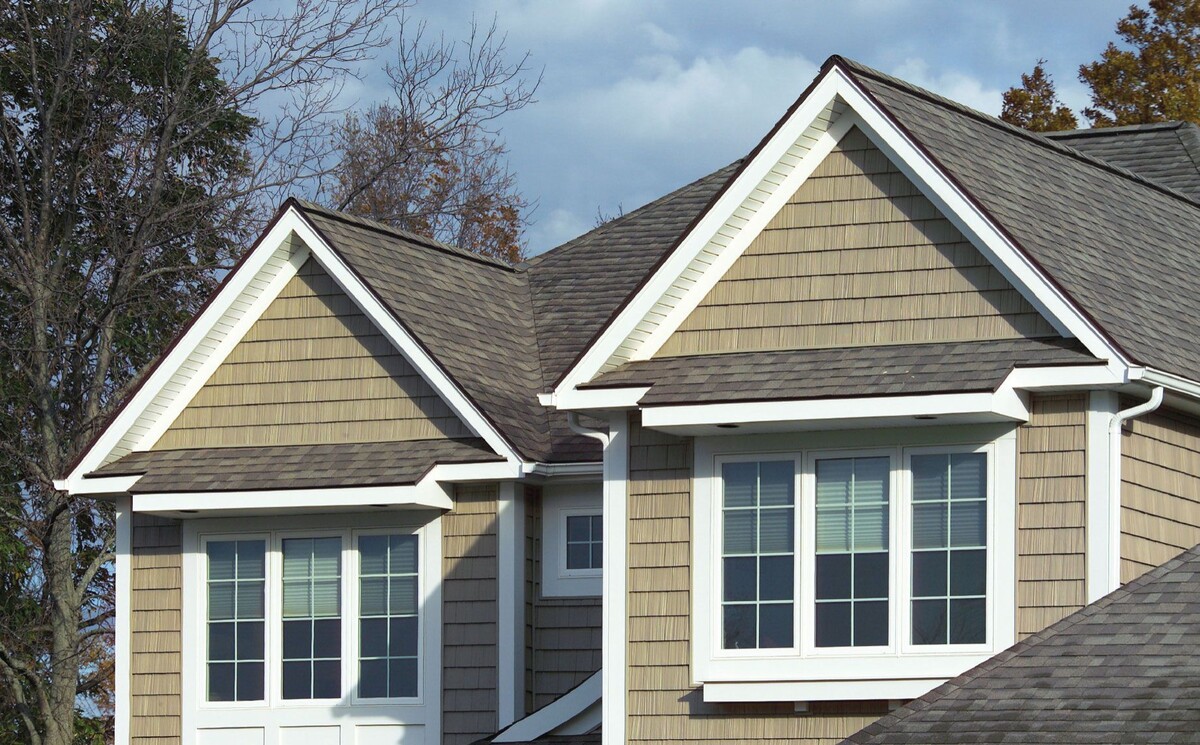




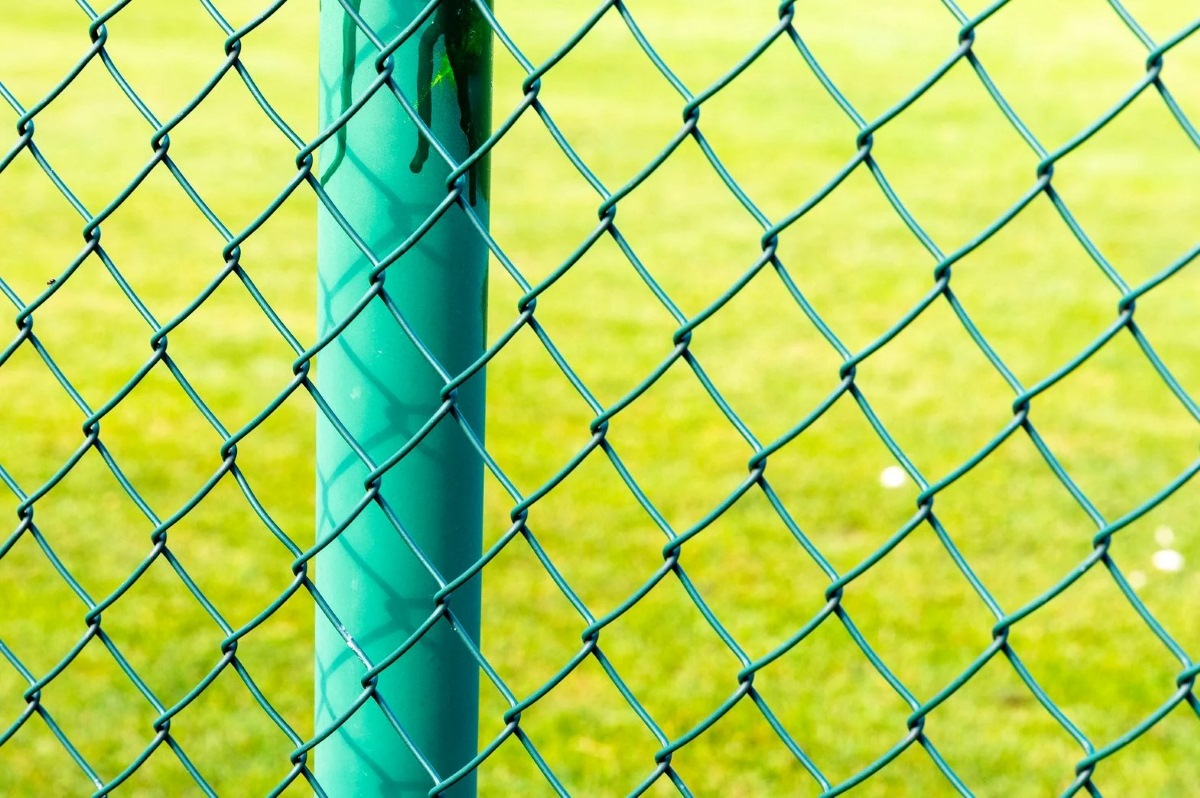


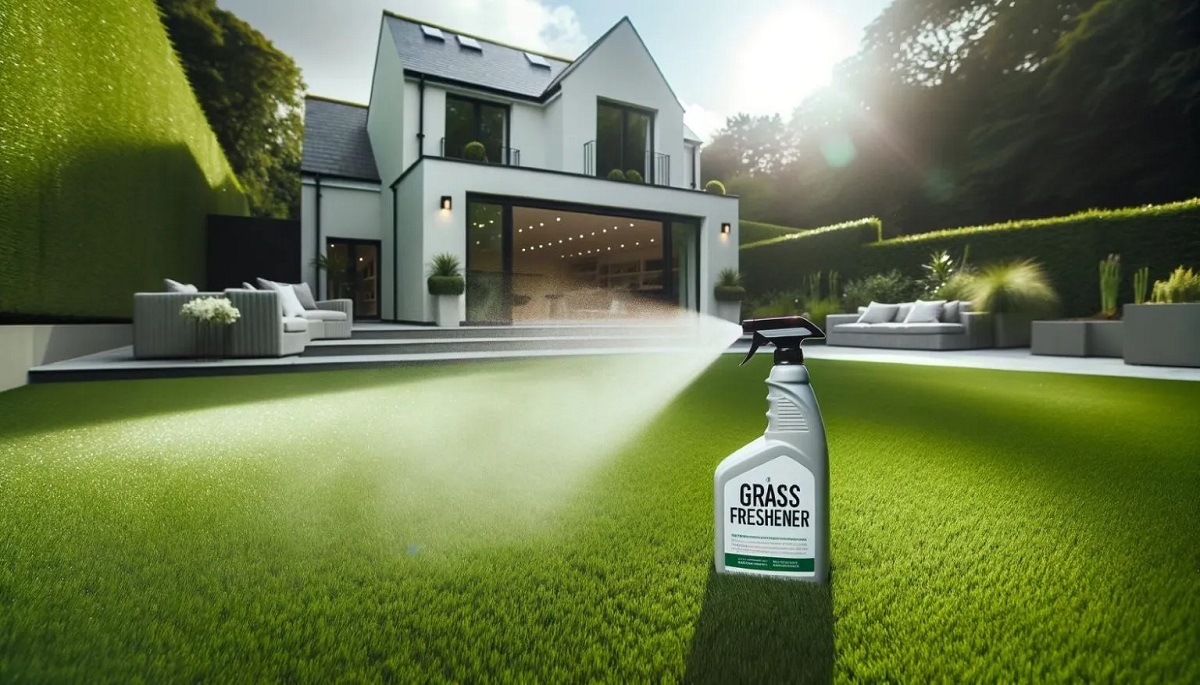

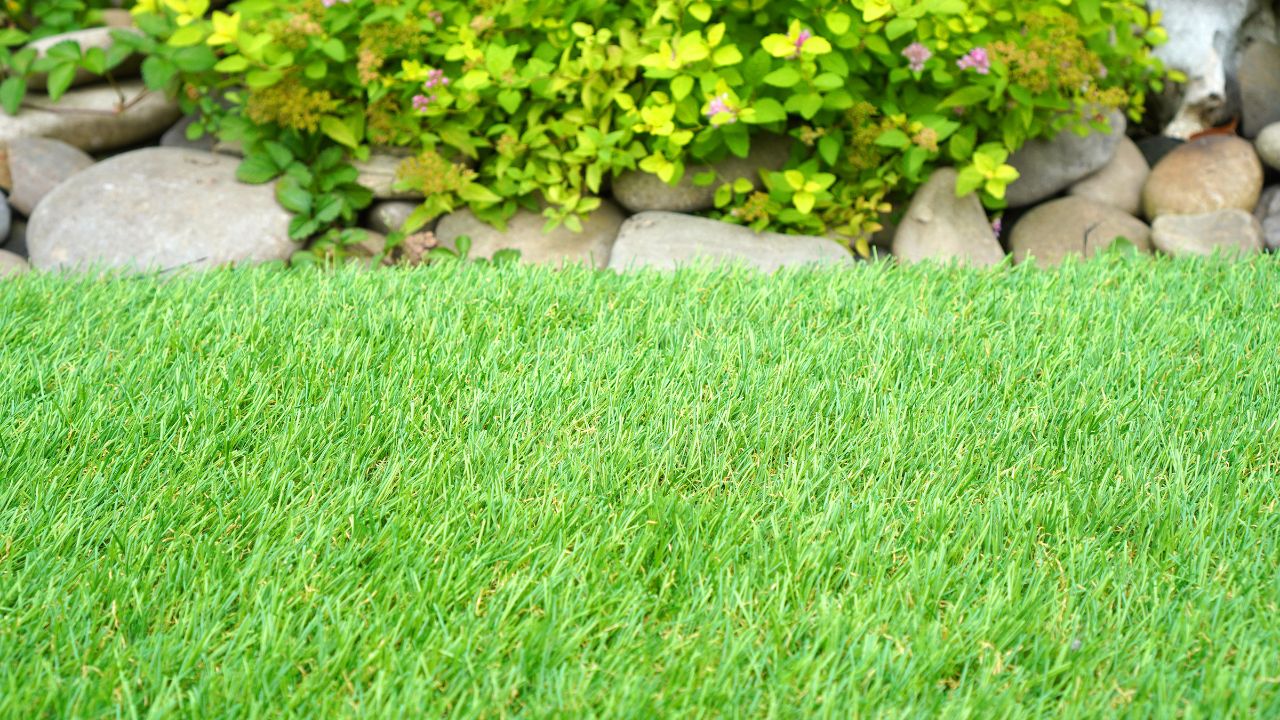
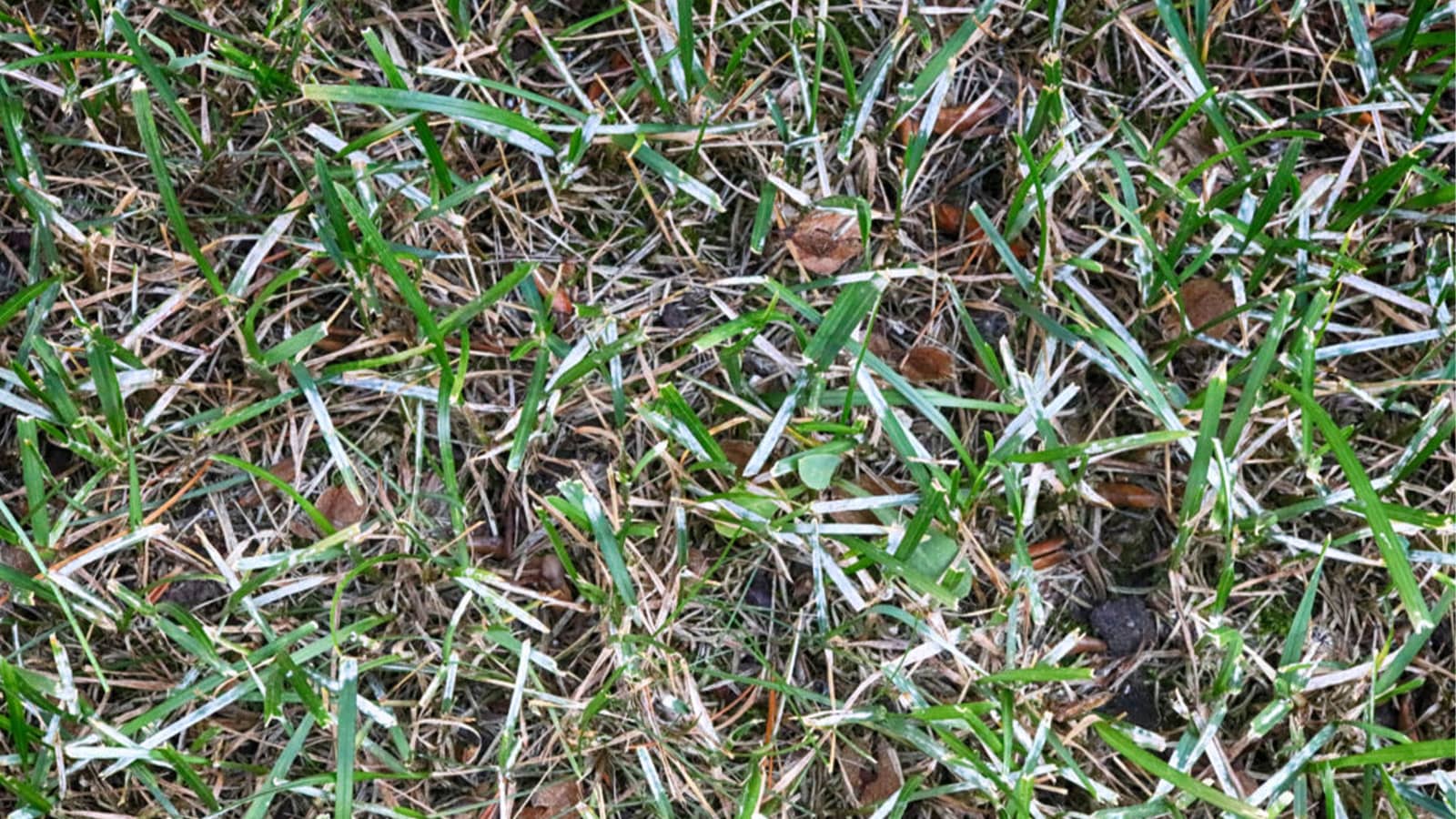
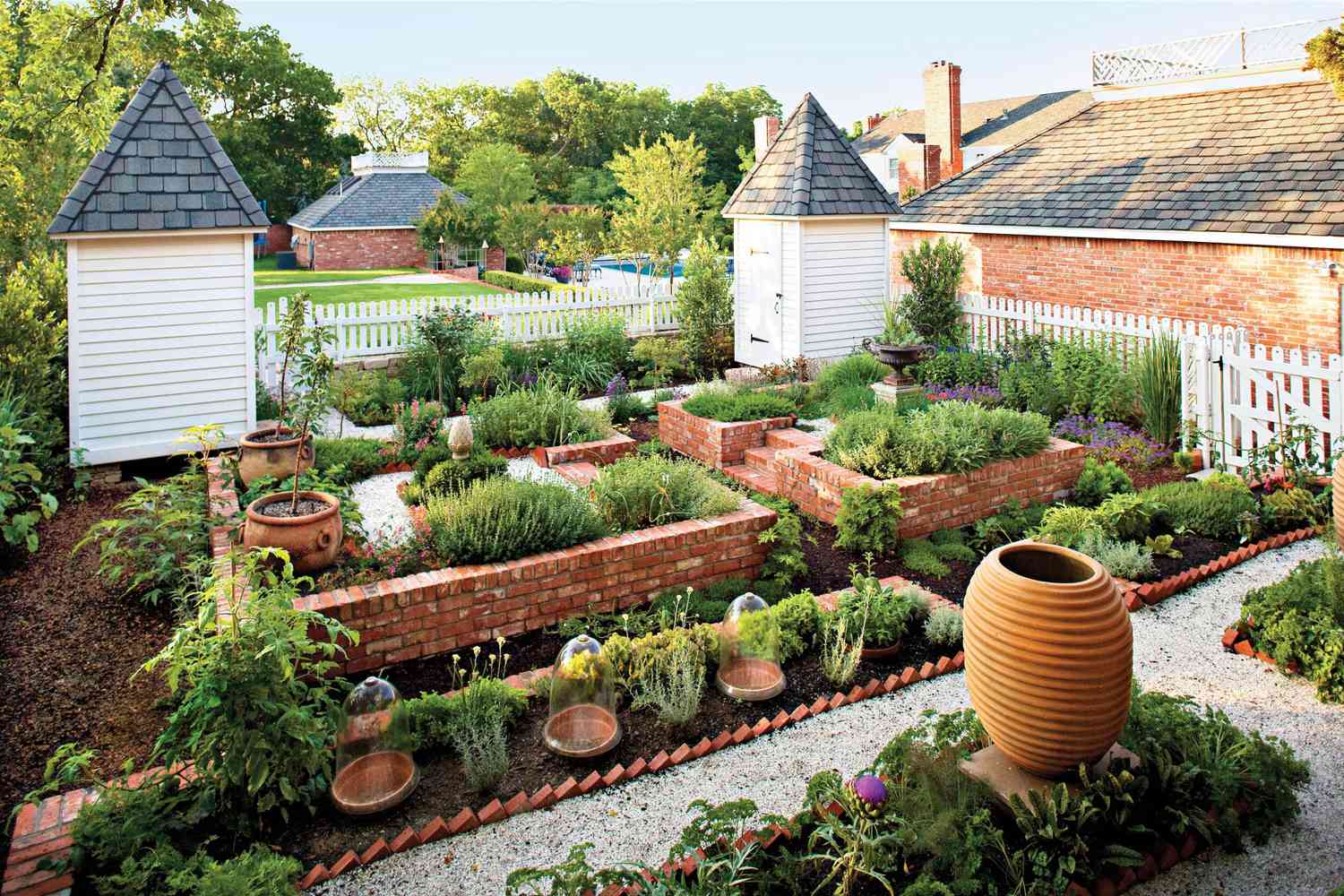


0 thoughts on “How To Make My Grass Look Better”